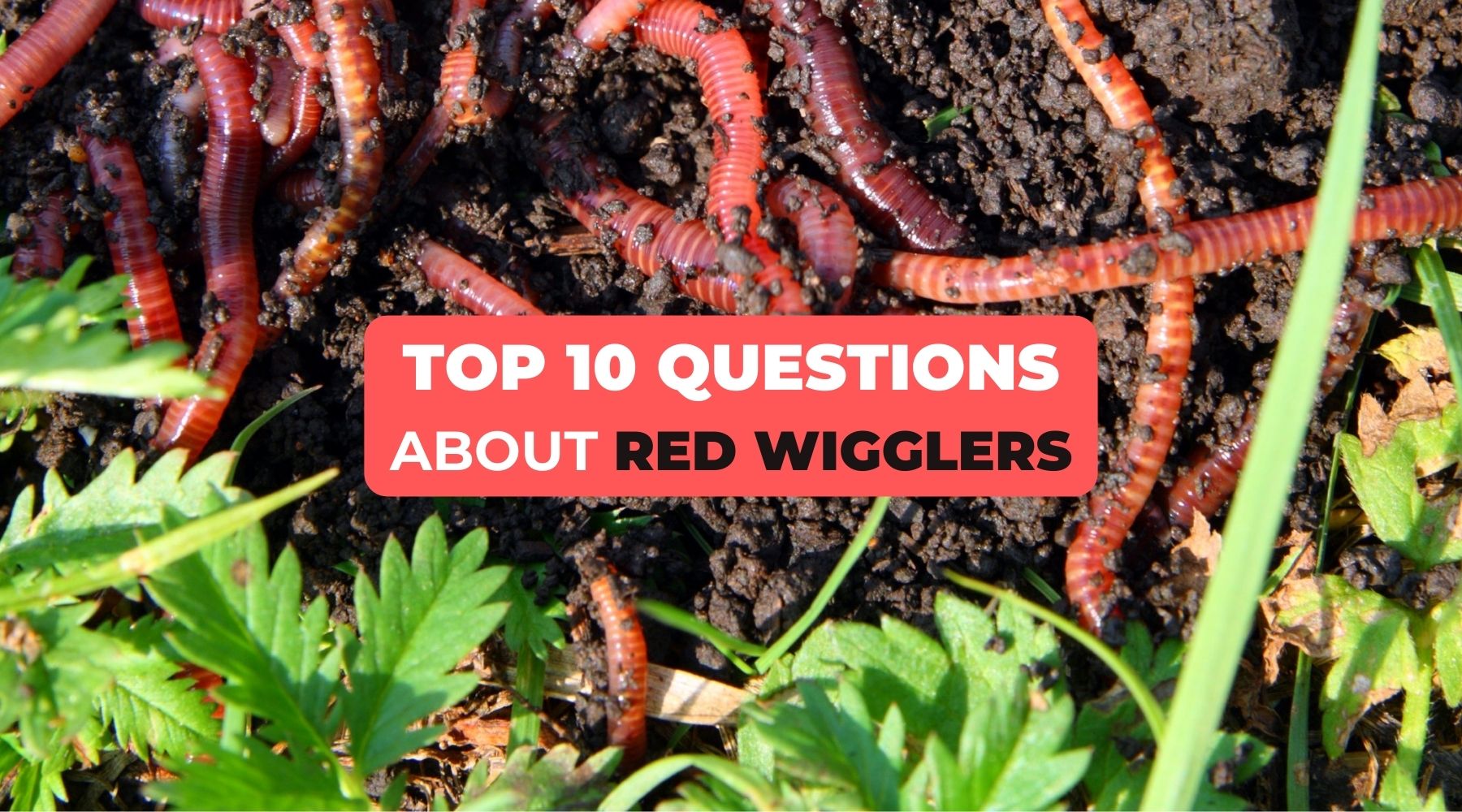The Buzz on Red Wiggler Express
The Buzz on Red Wiggler Express
Blog Article
The 15-Second Trick For Red Wiggler Express
Table of ContentsThe Single Strategy To Use For Red Wiggler ExpressAll about Red Wiggler ExpressRed Wiggler Express - Truths7 Easy Facts About Red Wiggler Express ExplainedUnknown Facts About Red Wiggler Express
Some worm farmers actually keep food and water to simulate drought conditions and bump up cocoon production. We don't recommend this for the home composter as it has the potential to exterminate too many of your ideal worms. Now that you know everything about the red worm it's time to head out and find a good provider and obtain a pound or 2 and begin your very own worm farm.This guide will certainly present you to the red wiggler to include a deeper on dive on the types and details on reproduction, life cycle, and recreation. We'll discuss just how to keep red wigglers and why they should be the go-to worm for many composters. The red wiggler (binomial name: eisenia fetida) is the globe's most typical composting worm.
A research recommends that both can produce hybrid spawn, a sensation which needs to or else be considered impossible between most worm varieties. Enjoyable fact: The "fetid" part of the binomial name refers to what some state is a foul-smelling secretion the red wiggler utilizes to repel predators. I've been dealing with them for years and never ever saw this! The makeup of a red wiggler appears like that of various other typical earthworms; a long-segmented body starts at the pointed head and ends at a slightly-flatted tail.
All about Red Wiggler Express
The gastrointestinal tract is simple, starting at the mouth where the worm starts to eat its food before passing it on the throat. The throat is a muscular section which imitates a pump to draw food into the mouth prior to pumping it out right into the esophagus. The esophagus is slim and thin-walled and serves as the "waiting space" for the gizzard.
Keep in mind: This demand for grinding is why grit is suggested in a worm container. The worm includes no native grinding capacity so the worm relies upon ingested grit to help grind its food in the gizzard. The tummy is where the initial chemical break down of food occurs with the help of a protein-busting enzyme.

Within 42 days, these child worms will get to sexual maturity as evidenced by the development of the clitellum. A fully grown red wiggler can be expected to live between one to three years. The mighty red wiggler might in some cases be utilized as a bait worm for smaller fish or as a protein source for chickens and reptiles.
See This Report on Red Wiggler Express
And as pointed out above, they are the most typical composting worm in the world. Rather, a combination of expense, strength, and convenience in a large array of temperature levels makes it the most ideal composting worm for the majority of new vermicomposters.
This is an usual method among worm shippers that don't want to risk having the worms rest in a hot or cool warehouse over the weekend. Worm farmers are not keeping worms in a circumstance where they prepare to ship. The worms must be harvested from their environment initially, so cultivators will certainly usually set a Friday or Saturday deadline in order to harvest in time for a Monday shipment.
To save money on shipping expense, you might want to see if there are any kind of nearby "Mom and Pop" shops via a Google search. If you do not find what you're looking for, after that I invite you to have a look at worms through the Urban Worm Firm! The quantity of red wigglers you buy must be exclusively dependent upon the surface location you have available for vermicomposting.
I call these the "Big 3" elements of worm container upkeep. If you maintain all 3 within suitable arrays, then there's not * that * much that can go wrong with your bin. As pointed out previously, red wigglers have a vast temperature level resistance. For ideal outcomes, maintain a temperature level of 55F-90F. Brief departures out of that temperature level variety are fine.
The Definitive Guide for Red Wiggler Express

For best outcomes, you wish to shoot for concerning 60-70% wetness degree. The most basic test for this is to press a handful as tough as you can. At the excellent wetness degrees which is simply under 70% that handful ought to barely yield one decline of liquid. pH in a worm container is quite easy to maintain.


The European Nightcrawler, the bigger relative of the red wiggler, is simply as voracious and also makes for a good bait worm. However it favors a bit of a cooler environment than the red wiggler. The African Nightcrawler is a very big composting worm and makes a beautiful, granular cast.
The Indian Blue is voracious, however likewise favors a warmer climate and it likewise exhibits a propensity to run away the container. The red wiggler is a hardy worm and isn't as choosy about its environment. I like to call it the Ford Taurus of vermicomposting worms; you will not boast to your hardcore composting pals that you own them, yet they will serve you well.
Red Wiggler Express Things To Know Before You Get This
Surefire active 1/2 pound of hand sorted Red Wigglers/Compost with worms (+500 worms) in various stages of life from cocoons to develop worms in their all-natural environment/bedding. Hand arranged worms lowered the disturbance of the worms hence insuring live delivery. Red wiggler worms do not such as vibrations or light.
Report this page